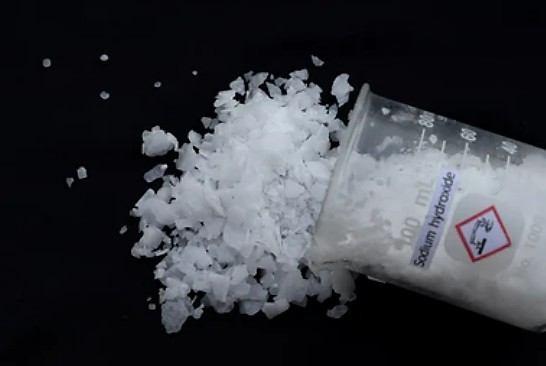Quadrupole Nuclei in Inorganic Materials
Creative Biostructure can use NMR technology to provide customers with analysis services on the local environment, structural information, dynamics and mobility, defects and impurities, surface properties, and other aspects of inorganic materials such as transition metal materials, ceramic materials, zeolite, battery materials, and semiconductors.
The NMR spectrum contains information about the local environment and dynamics of the quadrupole nuclei in the sample. We can analyze the spectrum to obtain information about chemical shifts, line widths, relaxation times, and other parameters. This information can be used to determine the chemical and structural properties of the sample, as well as to study its kinetics and fluidity.

Technical Advantages
- Sensitivity to quadrupole nuclei: Being particularly sensitive to quadrupole nuclei makes it a powerful tool for studying inorganic materials containing nuclei such as transition metal ions or halogen nuclei.
- Non-destructive and non-invasive. This is particularly important for studying materials that are difficult to prepare or expensive, or that have only a small number of samples available.
- High resolution: Quadrupole nuclear magnetic resonance can provide high-resolution spectroscopy, which can be used to study the chemical and structural properties of inorganic materials with high accuracy.
- Generality: Quadrupole nuclear magnetic resonance can be used to study various inorganic materials, including ceramics, glass, semiconductors, battery materials, and zeolite.
Analyzable Samples
At Creative Biostructure, several inorganic materials can be analyzed using quadrupole nuclear NMR, including:
| Sample | Content of our analysis |
|---|---|
| Transition metal compounds (such as metal halides, oxides, and sulfides.) | We can analyze the electronic and magnetic properties of transition metal ions. |
| Ceramic materials (such as glass, ceramics, and composite materials.) | We can analyze the structure and chemical properties of ceramic materials. |
| Zeolite | We can provide information on the local electronic and structural properties of zeolites. |
| Battery material | Analyze the lithium-ion diffusion and local structural changes of materials used in energy storage devices such as lithium-ion batteries. |
| Semiconductors (such as silicon, germanium, and III-V compounds) | We can analyze the electronic properties and defect structures of semiconductor materials. |
The Information We Can Obtain from NMR Analysis
- Local electronic and magnetic environments.
We can provide customers with information on the local electronic environment and magnetic properties of quadrupole nuclei (such as transition metal ions) in inorganic materials. This information can be used to study the electronic and magnetic properties of inorganic compounds and materials.
- Structural information.
We can provide customers with information on the local structural properties of inorganic materials, including bond length, angle, and distortion. This information can be used to study the crystallography and molecular structure of inorganic compounds.
- Kinetics and mobility.
We can provide customers with information on the dynamics and mobility of quadrupole nuclei in inorganic materials.
- Defects and impurities.
We can identify and characterize defects, impurities, and dopants in inorganic materials for our customers. This information can be used to study the effects of impurities and defects on the electronic and magnetic properties of inorganic compounds.
- Surface properties.
For example, the adsorption and desorption of molecules and ions on the surface. This information can be used to study the surface chemistry and reactivity of inorganic compounds.
Creative Biostructure is committed to providing high-quality NMR analysis services to advance the life sciences fields. If you have any questions or needs, please contact us and our customer service staff will help you the first time.
Ordering Process
